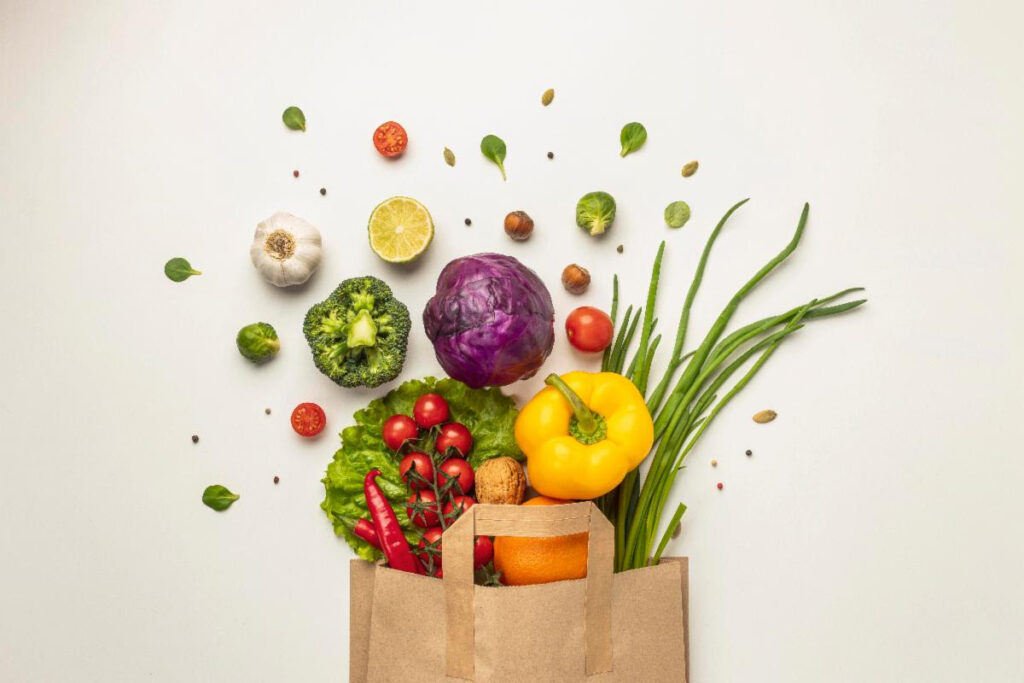Biological dentistry, also known as holistic or integrative dentistry, is a branch of dental medicine that recognizes the interconnectedness of oral health with the overall well-being of the body.
Dr. Veronique Desaulniers, a pioneer in holistic health and founder of Breast Cancer Conqueror, sheds light on the principles and practices of biological dentistry, particularly in relation to breast cancer prevention and healing.
Here are some key points of biological dentistry as discussed by Dr. V:
Whole-Body Approach: Unlike traditional dentistry, which often focuses solely on treating symptoms in the mouth, biological dentistry takes a holistic approach to oral health. Practitioners consider how dental procedures and materials may impact the entire body, recognizing the interconnectedness of oral health with systemic health.
Safe Removal of Toxic Materials: One of the central tenets of biological dentistry is the safe removal of toxic dental materials, such as mercury amalgam fillings. Mercury is a potent neurotoxin and can leach into the body over time, potentially contributing to a range of health issues, including breast cancer. Biological dentists employ specialized techniques, such as the SMART (Safe Mercury Amalgam Removal Technique), to minimize exposure to harmful substances during dental procedures.
Biocompatible Materials: In addition to removing toxic dental materials, biological dentistry advocates for the use of biocompatible alternatives. These materials are less likely to trigger adverse reactions in the body and are better aligned with the body’s natural physiology. By opting for biocompatible materials, individuals can promote better oral and systemic health while reducing the risk of potential complications.
Consideration of Oral-Systemic Connection: Biological dentistry recognizes the intricate connection between oral health and systemic health. For example, certain dental issues, such as periodontal disease, have been linked to an increased risk of systemic conditions like heart disease and diabetes. By addressing oral health concerns proactively, individuals can support overall wellness and potentially reduce the risk of systemic diseases.
Emphasis on Preventive Care: In line with holistic health principles, biological dentistry places a strong emphasis on preventive care. Rather than simply treating dental problems as they arise, practitioners focus on identifying and addressing underlying causes to prevent future issues. This proactive approach may include education on nutrition, lifestyle factors, and proper oral hygiene practices to support optimal oral and overall health.
By embracing the principles of biological dentistry, individuals can take proactive steps to promote oral health and support overall well-being. As Dr. Veronique Desaulniers advocates, a holistic approach to dental care may not only enhance the health of your smile but also contribute to a healthier, happier life.
Resource:
Biological Dentist Directory – IAOMT
Your donations power our podcast’s mission to support cancer patients with hope, insights, and resources. Every contribution fuels our ability to uplift and empower. Join us in making a lasting impact. Donate now! 🌟

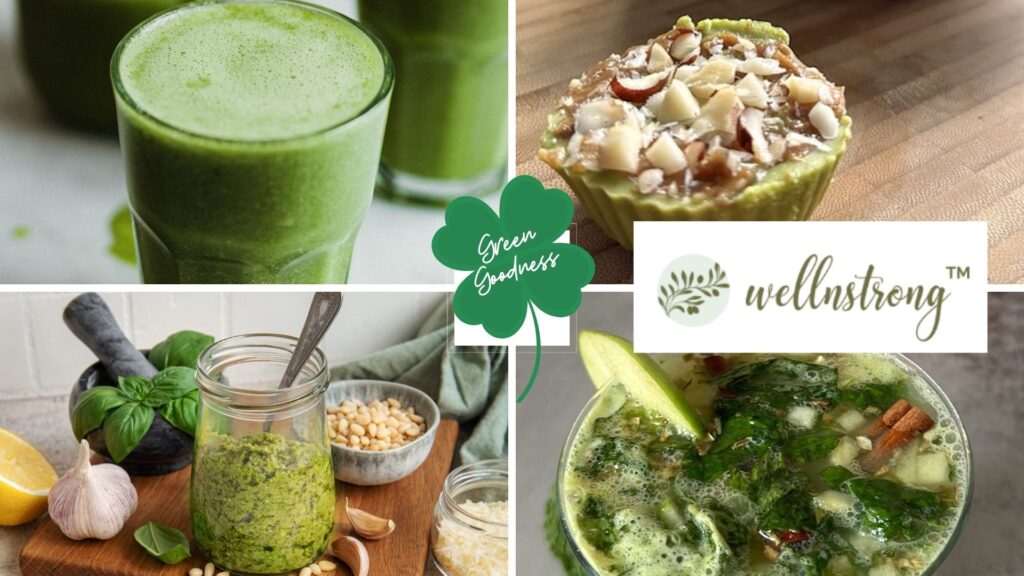
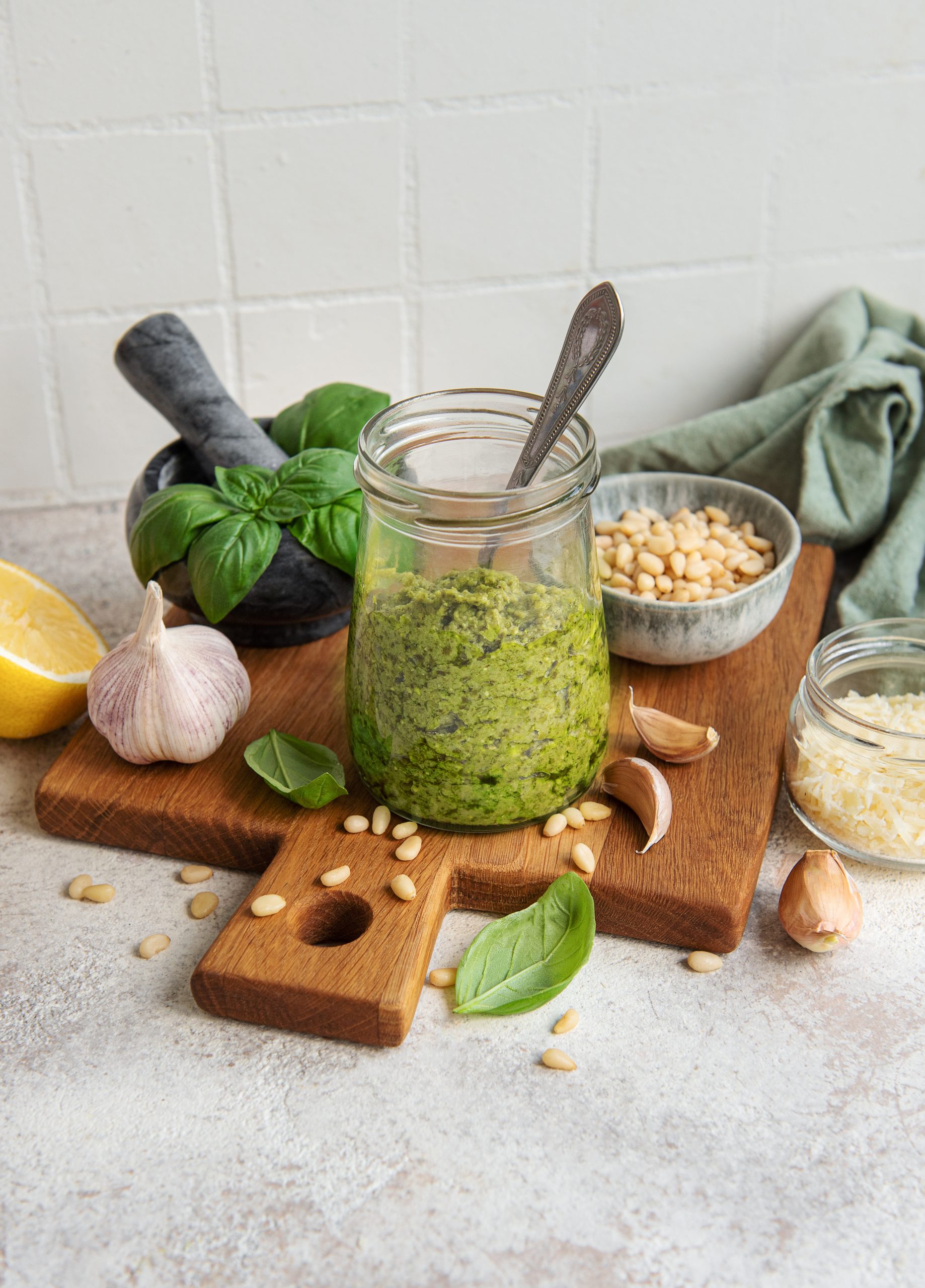
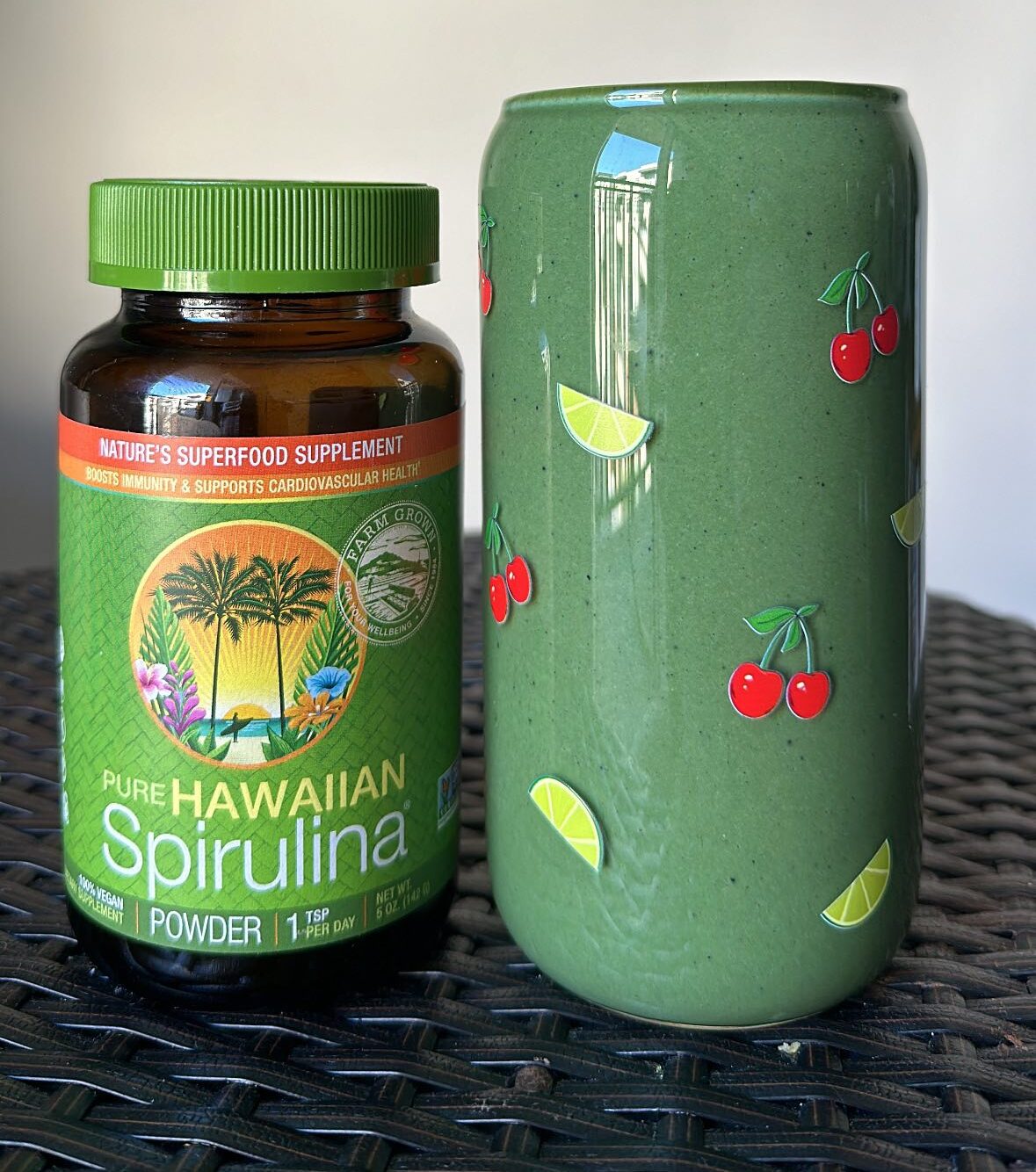


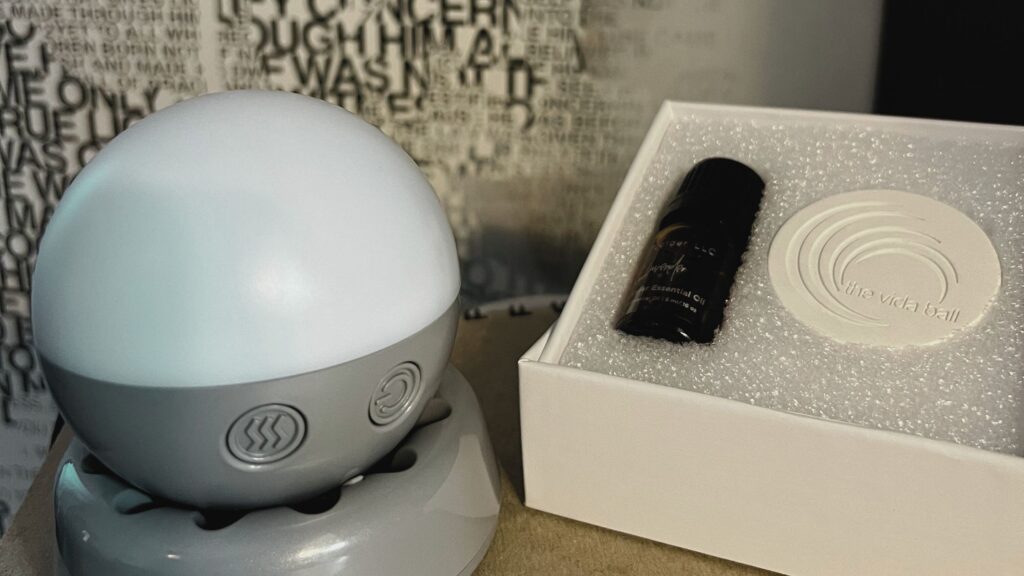


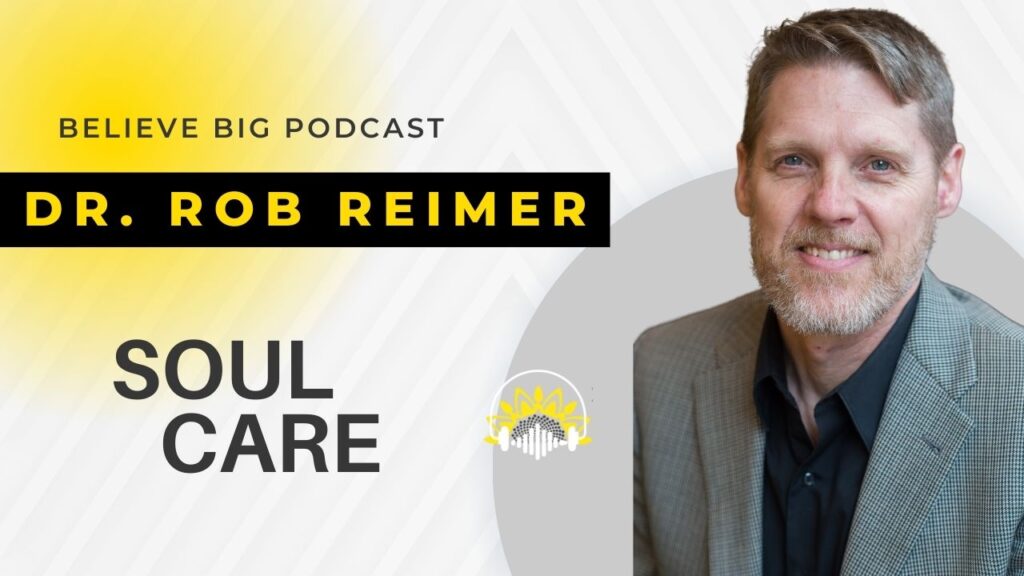
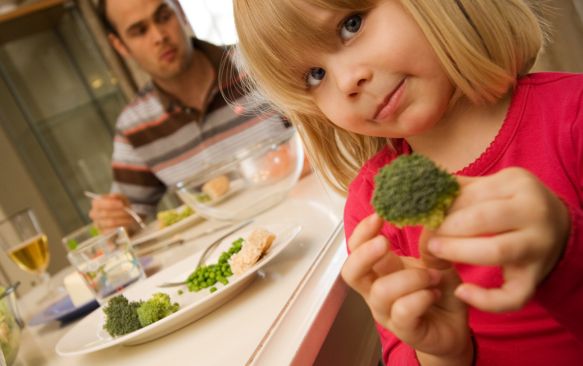
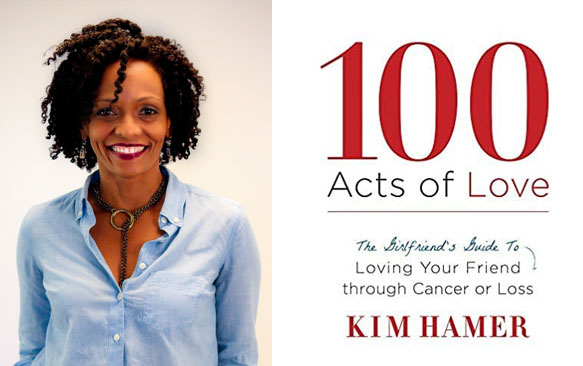

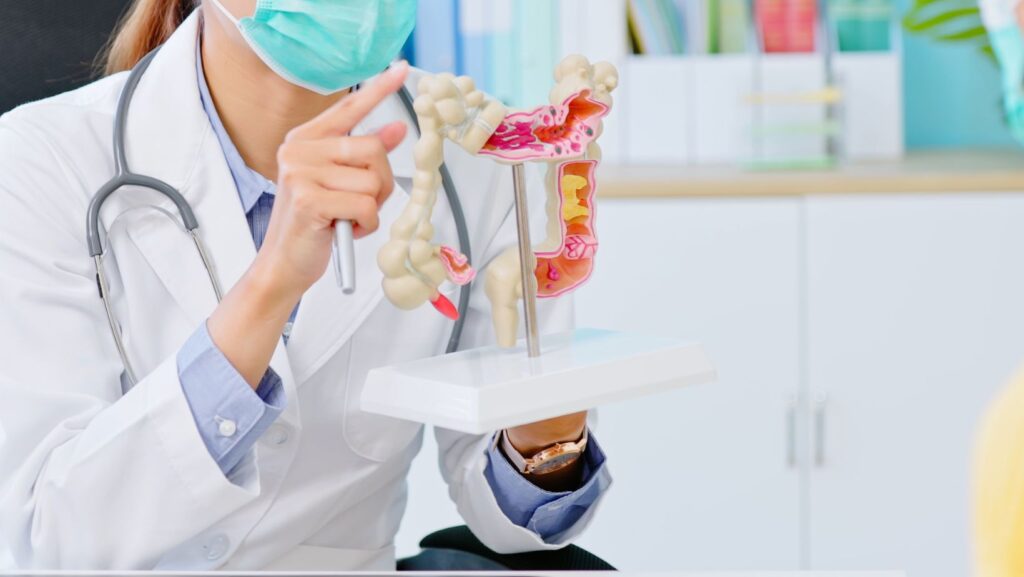

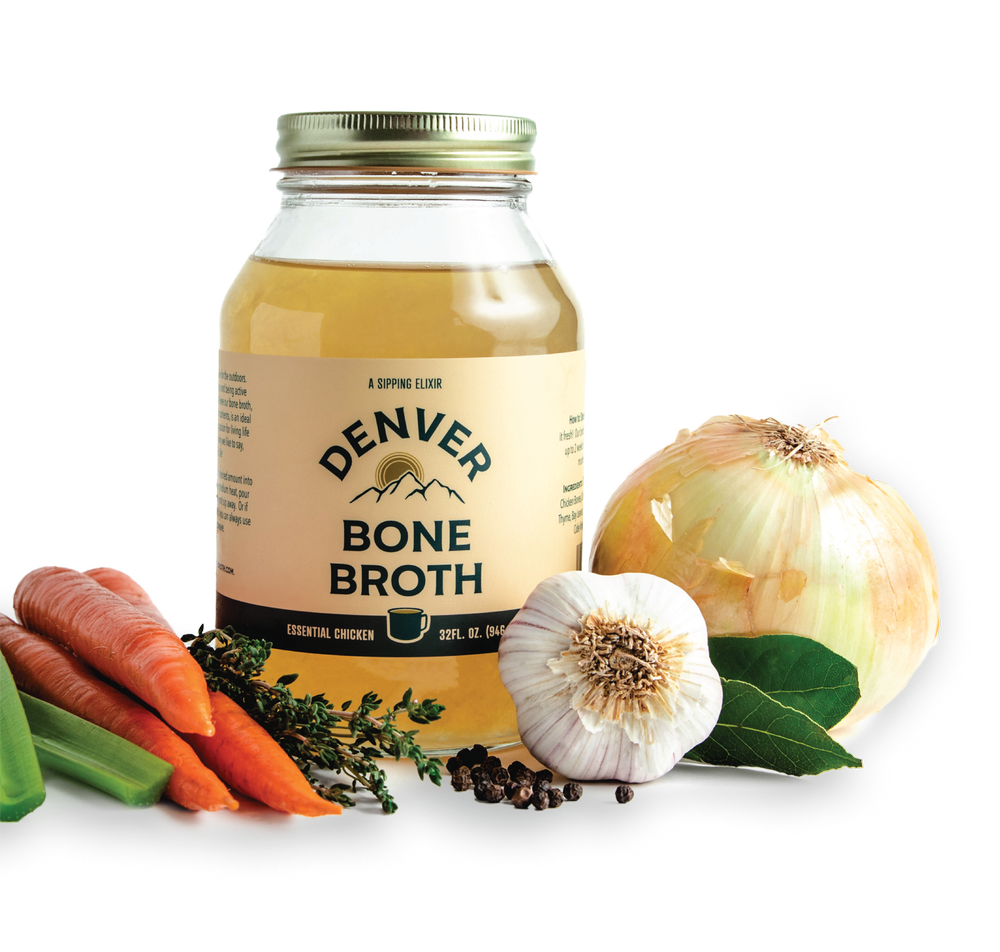 hydration up and move your diet to a liquid only consisting of water and bone broth two days before. I’ve tried many and my favorite is
hydration up and move your diet to a liquid only consisting of water and bone broth two days before. I’ve tried many and my favorite is 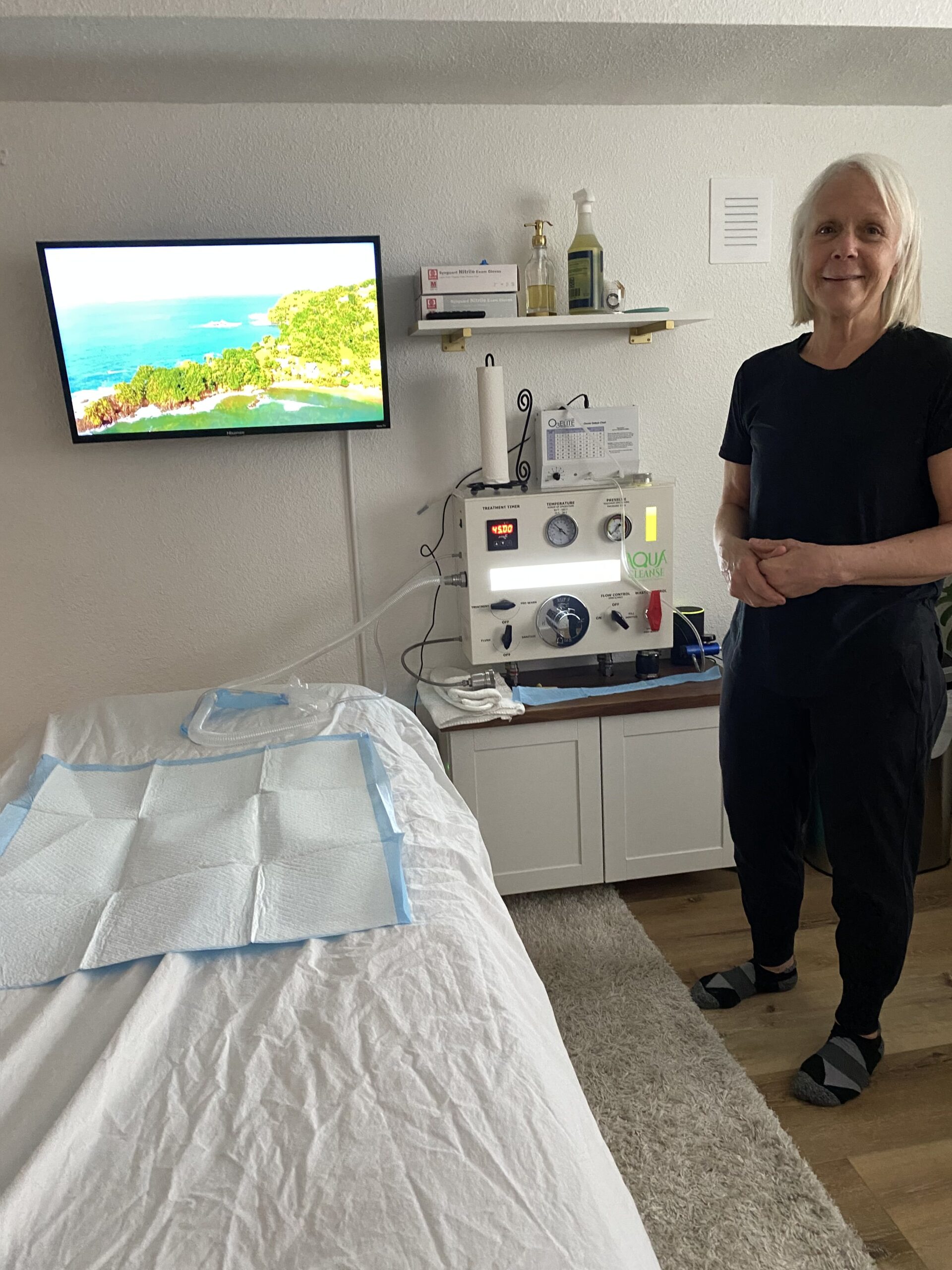

 This was me during the holidays in 2008. I remember being filled with fear at the thought of not seeing my four kids grow up or growing old with Jimmy. Some people say that God won’t give us anything we can’t handle, but I believe that He often allows situations that are too much for us to handle – alone. It’s in these times that we realize how much we need each other and most importantly, our need for God becomes obvious.
This was me during the holidays in 2008. I remember being filled with fear at the thought of not seeing my four kids grow up or growing old with Jimmy. Some people say that God won’t give us anything we can’t handle, but I believe that He often allows situations that are too much for us to handle – alone. It’s in these times that we realize how much we need each other and most importantly, our need for God becomes obvious. Will you join me this holiday season to help more children and adults struggling with cancer by helping Believe Big reach our end-of-year goal?
Will you join me this holiday season to help more children and adults struggling with cancer by helping Believe Big reach our end-of-year goal?


